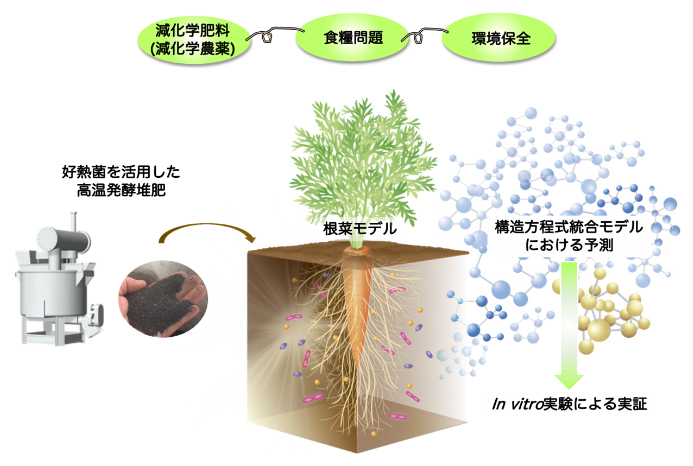2023-04-11 ノースカロライナ州立大学(NCState)
このツマジロクサヨトウは、南米原産であり、北米、アフリカ、中東、インド亜大陸、中国、そして最近はオーストラリアにまで広がっている。
ツマジロクサヨトウの幼虫は、農作物や芝生など、約350種類の植物を被害に遭わせるため、その被害が大きい。研究者たちは、フェロモンを利用した「交尾妨害」という戦略によって、雄を誘引し、捕獲する方法を研究している。
<関連情報>
- https://news.ncsu.edu/2023/04/perfume-component-helps-lure-male-moth-pests/
- https://onlinelibrary.wiley.com/doi/10.1002/ps.7460
ツマジロクサヨトウのフェロモン成分を「ノナナル」が効果を大幅に向上させる Nonanal, a new fall armyworm sex pheromone component, significantly increases the efficacy of pheromone lures
Ahmed M. Saveer, Eduardo Hatano, Ayako Wada-Katsumata, Robert L. Meagher, Coby Schal
Pest Management Science Published: 19 March 2023
DOI:https://doi.org/10.1002/ps.7460

Abstract
Background
The fall armyworm (FAW), Spodoptera frugiperda (J.E. Smith), is a global pest that feeds on >350 plant species and severely limits production of cultivated grasses, vegetable crops and cotton. An efficient way to detect new invasions at early stages, and monitor and quantify the status of established infestations of this pest is to deploy traps baited with species-specific synthetic sex pheromone lures.
Results
We re-examined the compounds in the sex pheromone glands of FAW females by gas chromatography-electroantennogram detector (GC-EAD), GC–mass spectrometry (MS), behavioral and field assays. A new bioactive compound from pheromone gland extracts was detected in low amounts (3.0% relative to (Z)-9-tetradecenyl acetate (Z9-14:OAc), the main pheromone component), and identified as nonanal. This aldehyde significantly increased attraction of male moths to a mix of Z9-14:OAc and (Z)-7-dodecenyl acetate in olfactometer assays. Adding nonanal to this two-component mix also doubled male trap catches relative to the two-component mix alone in cotton fields, whereas nonanal alone did not attract any moths. The addition of nonanal to each of three commercial pheromone lures also increased male catches by 53–135% in sorghum and cotton fields.
Conclusion
The addition of nonanal to pheromone lures should improve surveillance, monitoring and control of FAW populations. © 2023 The Authors. Pest Management Science published by John Wiley & Sons Ltd on behalf of Society of Chemical Industry.



